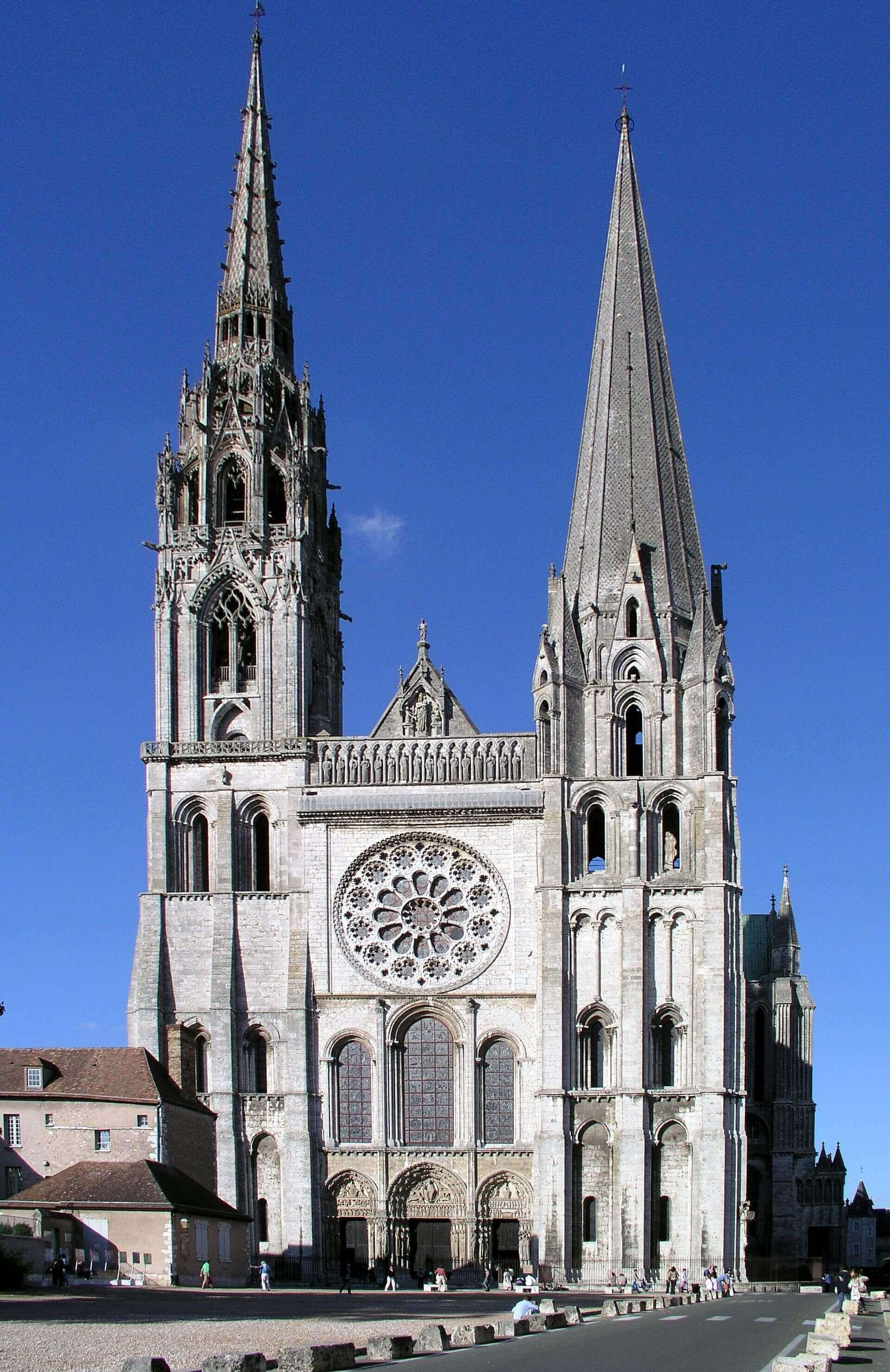
The cenobitic monastery typically provided spaces for worship (church), sleeping (dormitory), dining (refectory), and meeting (chapter house) for the resident community, as well as buildings for reception and accommodation of visitors and other more functional structures (stables, storage barns, forges, mills, etc.). A number of cathedrals across Europe were in fact monastic, following most often the Augustinian rule. Some monasteries were designed only for their resident populations of monks or nuns, while others might accommodate lay brothers or sisters, serfs, parish communities, visiting pilgrims, or dignitaries. The 9th-century Plan of Saint Gall, for example, represents an ideal meant to inspire emulation. The various orders or congregations formulated differing architectural responses to their needs. Monasticism as a religious form of life is found in Buddhism, Islam, and other traditions, though this essay will emphasize the medieval West, where monasteries were popular beginning in the 5th century. The eremitic ideal of the solitary saint retained its appeal, but was soon complemented by cenobitic monasticism where likeminded male or female ascetics joined together in communities that built architecture that was used in common.

Christian monasticism made its first traceable appearances at the end of the 3rd century in Egypt and Palestine, though we know little of its architecture at this early stage. The word derives from μόνος ( mónos, Greek for ‘alone’). The idea of withdrawal from secular society was central to the notions of monasticism and monastic architecture.

Architecture of Early Christian and Byzantine Monasteries.Architecture of Early Monasticism (to the 11th Century).

Studies of Medieval Architecture Relevant to Monasticism.General Works on Monastic History and Surveys of the Orders.General and Regional Studies of Western Monastic Architecture.


 0 kommentar(er)
0 kommentar(er)
